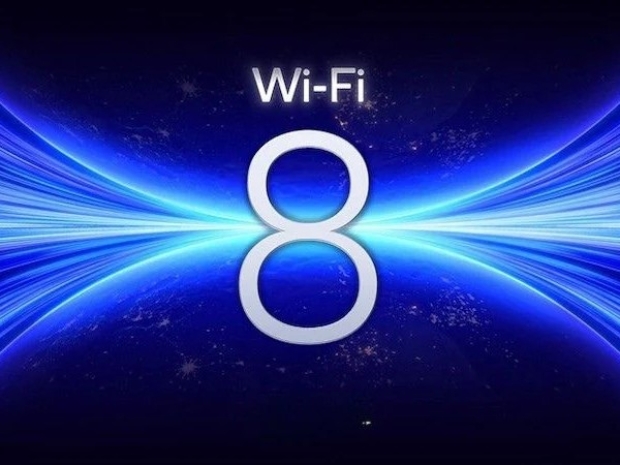The company is throwing its weight behind Wi-Fi 8, the upcoming IEEE 802.11bn standard, which is less about speed bragging rights and more about fixing all the ways Wi-Fi fails.
Qualcomm wants the next spec to get serious about reliability. The firm has proposed three hard targets for Wi-Fi 8: a 25 per cent boost to throughput in bad conditions, a 25 per cent cut in worst-case latency, and a 25 per cent drop in packet loss during roaming. Not averages, not best-case demos.
It is a shift that prioritises what happens at the edges when signal strength tanks, when interference spikes, or when the network gets congested and everyone is fighting for airtime. It is where most enterprise and industrial systems spend their lives.
To hit those targets, Qualcomm wants to kill the lone-wolf approach to access points. Instead of acting like isolated nodes, APs would coordinate more like a hive mind. Coordinated Spatial Reuse would let them adjust power and reuse channels without trampling each other. Coordinated Beamforming would help direct traffic more intelligently to avoid crossfire.
Lab trials show those tweaks can boost throughput by up to 59 per cent depending on how dense or messy the deployment is. But the real prize is consistency, with fewer latency spikes, cleaner handoffs, and less voodoo debugging at the firmware level.
On the physical layer side, Wi-Fi 8 also gets a more refined modulation and coding ladder. Earlier specs jumped too far between steps, meaning once your signal dipped, performance fell off a cliff. Qualcomm’s proposal smooths that out so the connection degrades more gracefully rather than collapsing in a heap.
There is something called Enhanced Long Range, or ELR, which is less about speed and more about holding a connection together as devices approach dead zones. It includes tweaks to power control, timing, and receiver sensitivity. Not flashy, but useful for keeping IoT and edge gear connected without falling back to ancient standards.
Non-Primary Channel Access joins the party too. That lets devices jump onto secondary channels when the main ones are busy, which should help in cramped spaces full of competing signals, like city blocks or factory floors.
Draft 1.0 of the Wi-Fi 8 spec is expected in late 2025, with Wi-Fi Alliance certification aimed at January 2028 and full IEEE approval by mid-2028. The industry’s hoping to get everything out in one go rather than the staggered mess we saw with past rollouts.
More than 6,000 technical contributions have been filed under four banners: fast, reliable, always-connected, and beyond. That last one includes AI-powered modulation and other wizardry, but the main focus is dead simple: stop Wi-Fi falling on its face when conditions are not perfect.
If Qualcomm gets its way, the next version of Wi-Fi might actually work when you need it most, not just when you are standing next to the router with nothing else connected.




